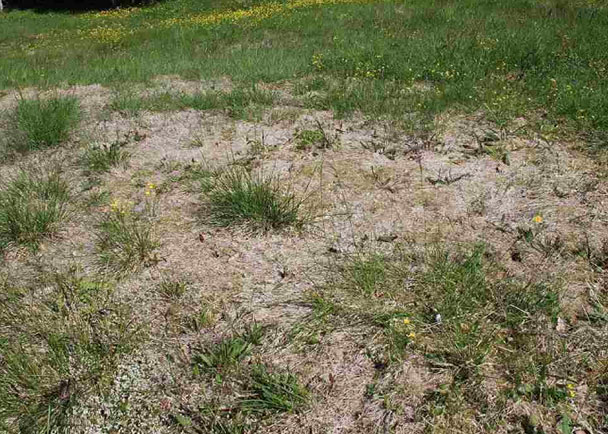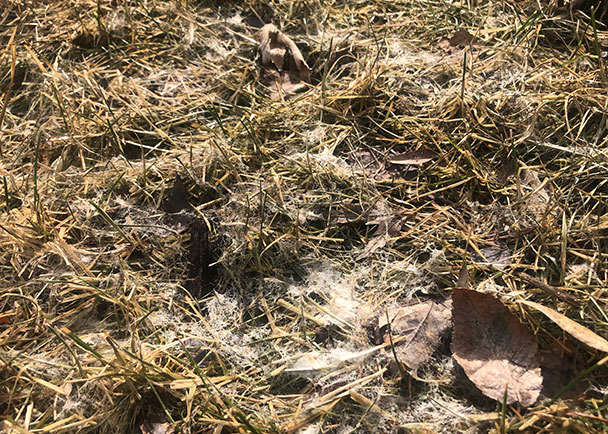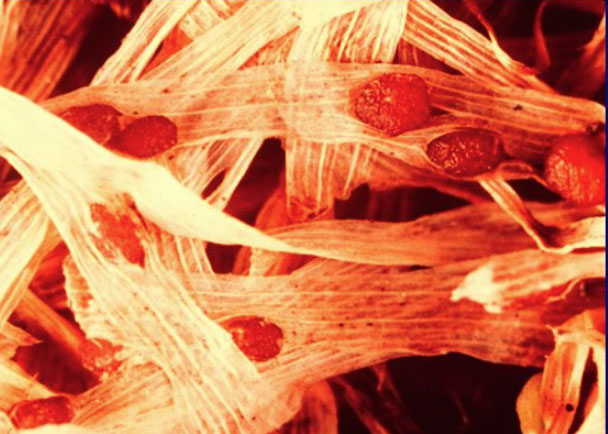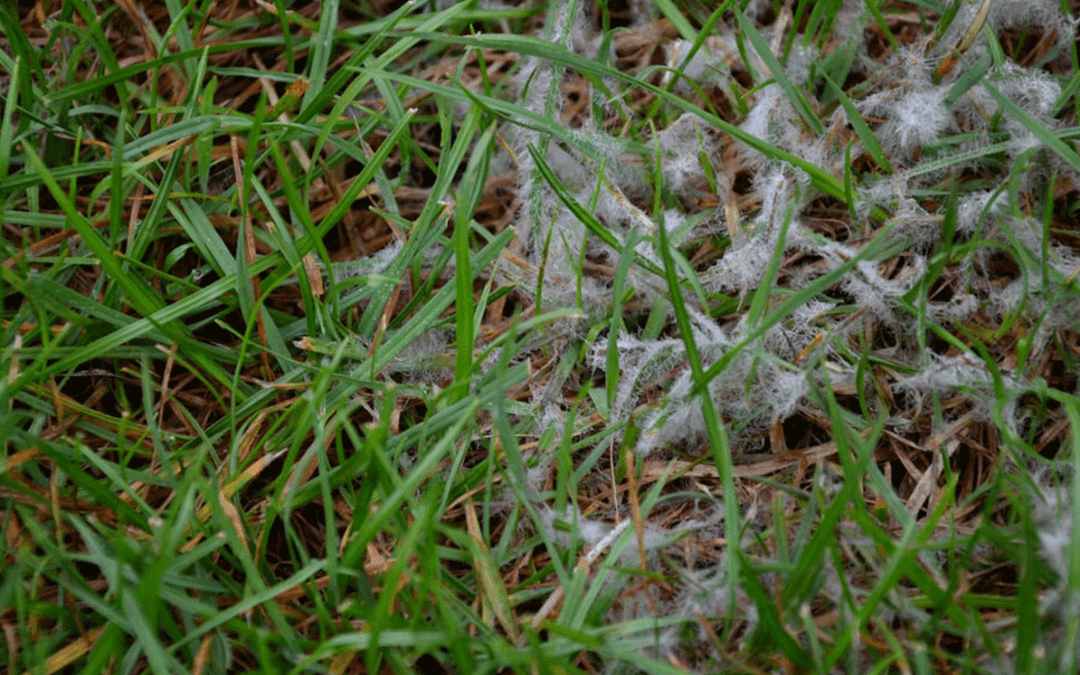Denver is Discovering Pink and Grey Snow Mold As the Snow Melts
Pink and grey snow molds are like fried ice cream – they are a contradiction in terms. It is hard to fathom how some things like this can happen, but they do. Denver has a true winter this year, with many lawns snow-covered for weeks. Some homeowners will be surprised as the snow melts, finding pink and gray patches of matted grass. They might shake their head, thinking they are seeing pink or gray spots, but these patches are a sign of the turfgrass diseases called pink or gray snow mold.
Unlike plants, fungi have no chlorophyll, so they act as parasites, scavenging the remains of other life forms. They secrete enzymes that break down detritus matter into simpler compounds on which to feed. These life forms thrive in all environments, including Antarctica. Click here to view an article in the Smithsonian about scientist Robert Blanchette studying how fungi are attacking the wood huts of legendary British Antarctic explorers Ernest Shackleton and Robert Scott built in the early 1900s.
Pink Snow Mold

Pink snow mold infects nearly all cool-season turfgrasses, such as bluegrass, fescue, perennial ryegrass, and creeping bentgrass. The Microdochium nivale mold develops 2 to 10 inches diameter circular patches. Some of the patches merge into large matted areas with a pink hue. These patches sometimes grow fuzzy white mycelium.
Gray Snow Mold

Like the pink mold, gray snow mold attacks cool-season turfgrasses. Two types of fungi, Typhula incarnata and Typhula ishikariensis, cause gray snow mold. Typhula incarnata infections are usually harmless. However, Typhula ishikariensis infections can kill grass as the disease attacks the crown. Gray snow mold appears as irregular patterns up to 3 feet across. The grass within these patches is matted with a white-to-gray color. Mycelium may occur after the snow cover melts away. Tiny sclerotia embedded themselves in dead grass blades. Typhula ishikariensis sclerotia look dark brown or black, while Typhula incarnata sclerotia are reddish-brown or tan.
How Do You Tell the Difference Between Pink and Gray Snow Mold?

If the snow mold patches have a pinkish hue and do not possess sclerotia as shown on the left, then the disease is pink snow mold. Also, pink snow mold patches are usually smaller and more round than gray mold disease areas.
Treatment
Both molds are eyesores and can stress lawns. As the temperatures rise and the wet turf dries, both molds tend to fade away. For persistent molds, rake the affected areas to break up matted grass, and remove excess thatch, to increase air circulation. The last thing to do is to apply high-nitrogen fertilizer, which encourages mold growth.
Prevention
Denver winters are usually not conducive for lawn mold growth. Our typical snow and melt days keep lawns snow free and dry. However, we had a cold winter this year with much snow, which increases the likelihood of pink and gray snow molds. North-facing lawns in Denver will be susceptible to lawn snow molds this year. But snow is not the only environmental factor that causes lawn molds to occur. The following lawn care practices encourage mold growth. They are:
- High nitrogen fertilizer applications
- Leaf litter left on lawns during the winter
- Lush grass not cut before winter starts
Ross Tree offers lawn fertilization services. We apply fertilizers to keep lawns healthy and switch to low-nitrogen products in the fall. To make an appointment, call 303-871-9121 or click here to fill out a request service form.

